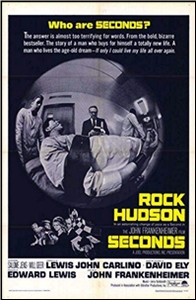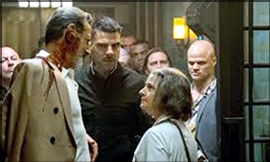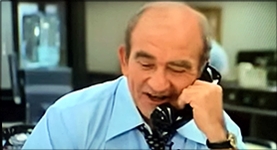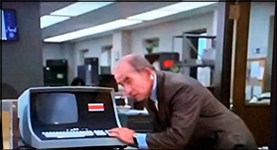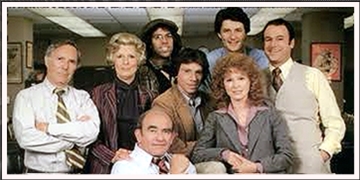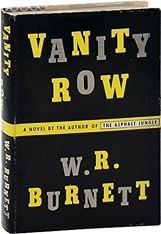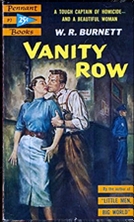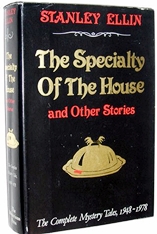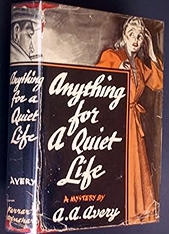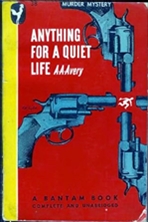Thu 11 Apr 2024
A 1001 Midnights Review: DAVID ELY – Seconds.
Posted by Steve under 1001 Midnights , Reviews[4] Comments
by Newell Dunlap
DAVID ELY – Seconds. Pantheon, hardcover, 1964. Signet P2507, paperback, 1964. Harper Voyager, softcover, 2013. Film: Paramount, 1966 (director: John Frankenheimer).

A prosperous banker leaves his New York office at noon, knowing full well he may never see it again. Following an address on a slip of paper, he takes a cab to a run-down laundry in a slum area of the city. From there. he is directed to a warehouse. From the warehouse. he is taken in the back of a truck to a large office building, and it is here the transition process begins.
For the banker (soon to be a painter known as Wilson) has elected literally to change his life and be “reborn” as a new man. A surgically altered cadaver shows up in a hotel room and the banker is officially pronounced dead of a heart attack. Meanwhile, we follow Wilson through his own surgical alterations, and before you know it, he has been relocated to California and lo the life of a single. moderately successful painter.
Wilson cannot relax and enjoy himself, though. His new life strikes him as shallow and meaningless, and he feels an overwhelming desire to visit his wife and daughter. This he does, going against numerous warnings from representatives of the company that gave him his new identity. The company, it seems, creates about 3000 new identities each year, so it has a stake in seeing that no one jeopardizes its operation. Obviously Wilson is one of those people who will never make the transition properly, so he is brought back for further “processing.”

Few books can match the suspenseful beginning of Seconds, as the reader wonders what in the world is going on. The suspense tapers off when we learn what is going on. but increases again as we begin to wonder what the company will do with the renegade Wilson. As it turns out, Wilson is not the only man who has made an unsuccessful transition-and from a business standpoint, the company’s disposition of these failures makes perfect sense.
This unusual and nightmarish novel was made into an equally suspenseful John Frankenheimer film in 1966, with Rock Hudson and Salome Jens.
David Ely has made a career of producing offbeat suspense fiction, both novels and short stories for Ellery Queen’s Mystery Magazine and such slick magazines as Cosmopolitan. (One of his Cosmo stories, “The Sailing Club,” was the recipient of the 1962 Best Short Story Edgar.) Among his other novels are Trot ( 1963), The Tour (1967), Poor Devils (1970), and the eerie Mr. Nicholas (1974).
———
Reprinted with permission from 1001 Midnights, edited by Bill Pronzini & Marcia Muller and published by The Battered Silicon Dispatch Box, 2007. Copyright © 1986, 2007 by the Pronzini-Muller Family Trust.
